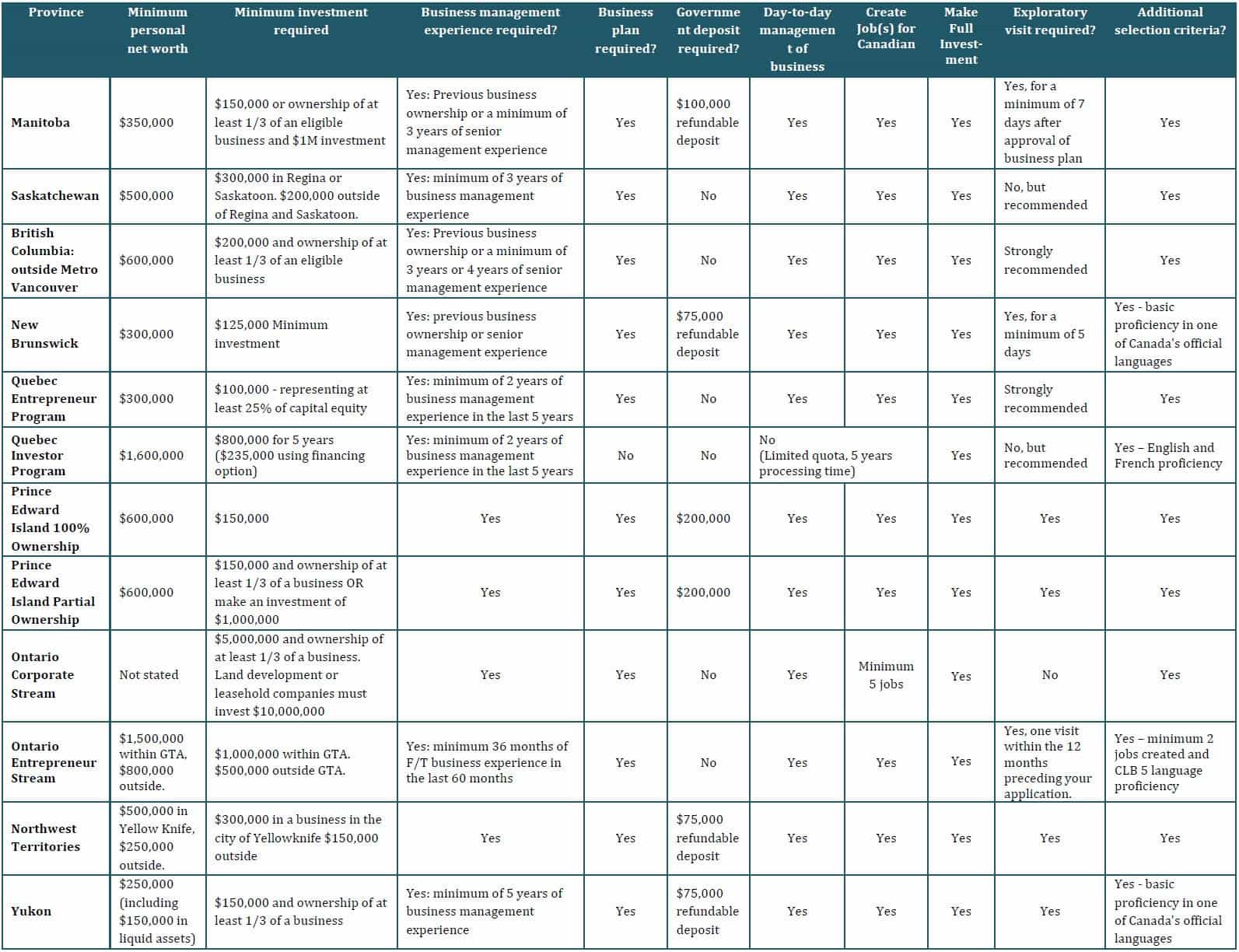Statistics Canada releases new data on the educational achievements of racialized immigrants
Racialized immigrants across Canada, and especially racialized immigrant women, are now more educated than ever according to a recent Statistics Canada (StatsCan) release.
Comparing data from Canadian censuses gathered in 2006 and 2021, StatsCan has put together its findings about what it calls “the evolution of the education of individuals aged 25 to 64 by racialized group, gender and immigrant status.”
Note: The data below covers only the information relevant specifically to racialized immigrants. Click here for StatsCan’s full release, which discusses general information about racialized groups in Canada and more.
Discover if You Are Eligible for Canadian Immigration
Educational achievement of racialized immigrants across Canada in 2021
Among racialized immigrants aged 25 to 64, the percentage of people “with a bachelor’s degree or higher” has gone up by more than 14% over time.
Specifically, among racialized immigrants who were admitted to Canada before 2011, this percentage was 41.5%. When evaluating racialized immigrants who were admitted to Canada between 2011 and 2021, however, this percentage rises to 55.8%.
Note: In total, 46.4% of all racialized immigrants across Canada had at least a bachelor’s degree in 2021.
Click here for StatsCan’s full chart, which breaks down these results further by the different racialized groups* in Canada.
*StatsCan says that the term racialized group “is derived directly from the concept of ‘visible minority.’ The Employment Equity Act defines visible minorities as ‘persons, other than Aboriginal peoples, who are non-Caucasian in race or non-white in colour.’”
Racialized women and recent immigrants among Canada’s most educated
In 2021, racialized women and recent* racialized immigrants were among the most educated in Canada.
*Recent immigrants are defined by StatsCan as those who “landed in Canada in the 10 years leading up to the 2021 Census”
Also noted by StatsCan was that “the increase in the education level of racialized immigrant women was larger than the increases … among racialized non-immigrant women.”
As an example, StatsCan notes that, between 2006 and 2021, there was a 15.3% increase in the number of racialized immigrant women with at least a bachelor’s degree. Specifically, this number grew from 31% in 2006 to 46.3% in 2021. Meanwhile, among racialized non-immigrant women across Canada, this increase was only 9.9% over the same time (42.1% in 2006 to 52% in 2021).
Why there are now more educated racialized immigrants in Canada than ever before
StatsCan suggests that these levels of growth may generally be attributed, at least in part, to the types of immigration programs that are welcoming these racialized recent immigrants.
According to the available data from 2021, more than half of all immigrants living in Canada who were aged 15 and older (53.2%) came to this country through an economic immigration program/category.
Separated by when they arrived in Canada, 58.0% of these immigrants arrived here between 2011 and 2021, while 50.8% of these immigrants came to Canada before 2011.
StatsCan notes that economic immigration categories and programs are often signals of higher education because “in most immigration programs in Canada, higher educational attainment is part of the admission criteria under the economic category.”















